Loading a semi-trailer properly is crucial for ensuring the safety of drivers and cargo. The process involves understanding weight distribution, securing loads, and complying with regulations. This comprehensive guide covers everything you need to know about loading a semi-trailer efficiently, ensuring that your cargo reaches its destination safely and securely.
Understanding Your Semi-Trailer Specifications
Before diving into the loading process, it is important to be well-acquainted with the specifications of your semi-trailer. This entails knowing:
Maximum Payload Capacity: Each semi-trailer has a weight limit determined by its design and structural integrity. This information can typically be found on the manufacturer’s data plate.
Dimensions: Knowing the internal length, width, and height of your trailer is crucial for space management and load fitting.
Axle Configuration: Different axle configurations can affect how evenly weight is distributed across the trailer. Understanding this will help prevent undue stress on any single part of the trailer.
Table 1: Key Specifications to Know
| Specification | Description |
|---|---|
| Maximum Payload | Weight limit set by the manufacturer |
| Trailer Dimensions | Internal length, width, height |
| Axle Configuration | Number and arrangement of axles |
| Load Distribution Points | Recommended load distribution points |
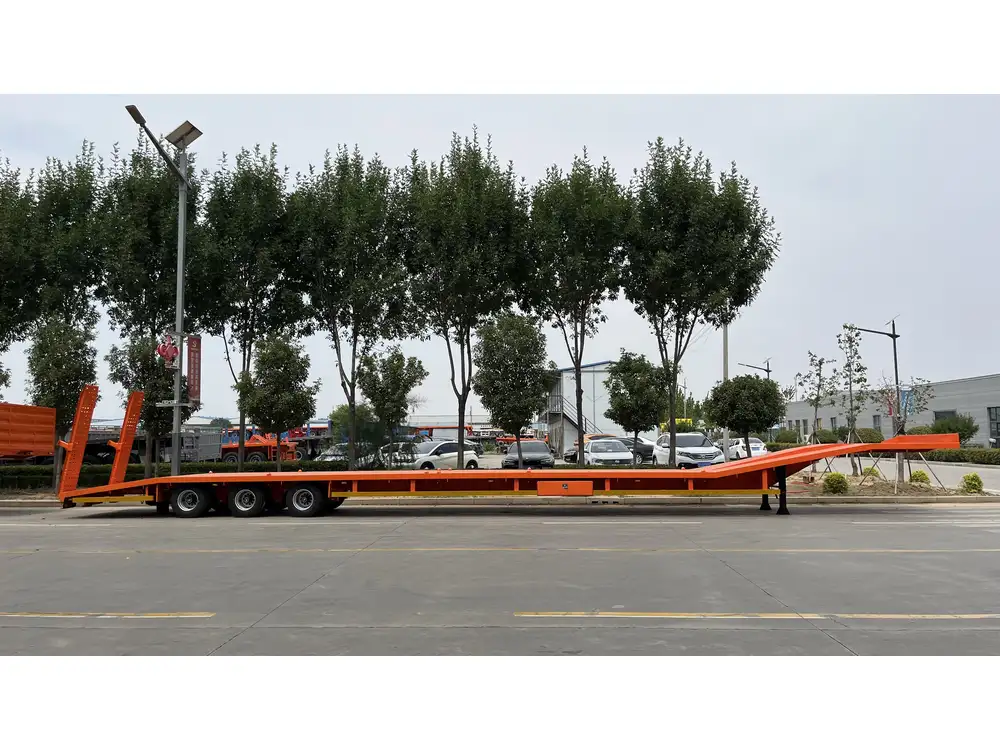
Load Types and Their Implications
Different types of loads necessitate different loading techniques. Understanding these loads can enhance loading efficiency significantly.
Common Load Types
Bulk Loads: These are loose materials like grains or sand. They require specialized handling and possibly live bottom trailers.
Palletized Loads: Goods loaded onto pallets allow for efficient handling, but the weight must still be evenly distributed.
Over-dimensional Loads: Items that exceed standard trailer dimensions require careful planning and may necessitate special permits.
Liquid Loads: Requires strong securing methods and consideration of the load’s shifting properties during transport.
List 1: Considerations for Different Load Types
- Bulk Loads: Use tarps or nets for covering and securing.
- Palletized Loads: Utilize forklifts for fast and safe handling.
- Over-dimensional Loads: Plan routes with clearance checks in advance.
- Liquid Loads: Ensure proper baffles are utilized to minimize slosh.

The Loading Process: Step-by-Step Approach
Loading a semi-trailer can be broken down into clear, actionable steps. Following these steps will facilitate a smooth loading experience.
Step 1: Preparation
Inspect the Trailer: Conduct a thorough inspection to ensure structural integrity, including checking the floor and walls for damage.
Gather Equipment: Ensure you have all necessary equipment on hand, including tarps, chains, straps, and dollies.
Step 2: Load Placement
Calculate Weight Distribution: Correctly estimating weight distribution involves vigilant calculations to ensure the total load doesn’t exceed the weight limits on any given axle.
Position Your Load: Start from the front (nose) of the trailer, placing heavier items first, followed by lighter ones towards the back.
Utilize Space Wisely: Make sure to use vertical space, stacking loads when possible without compromising stability or safety.
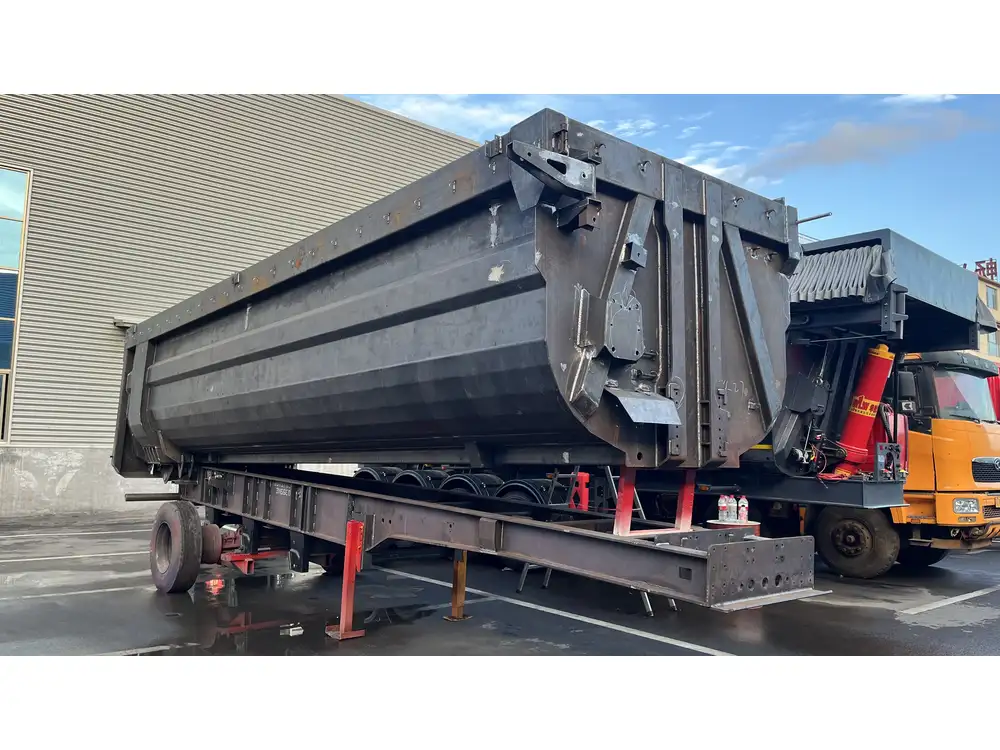
Step 3: Securing the Load
Straps and Chains: Utilize high-quality securing equipment. Ratchet straps and chains are recommended for heavy items.
Tarps: Cover your loads with tarps to protect them from environmental elements like rain or snow.
Step 4: Final Checks
Double-check all securing methods to ensure nothing is loose.
Inspect the total height of the trailer to ensure compliance with local height regulations.
Visual Illustration: Load Placement
|-------------------------|
| Pallet 1 | <- Lighter loads
|-------------------------|
| Pallet 2 |
|-------------------------|
| Bulk Material | Bulk | <- Heavier materials
| | Load |
|-------------------------|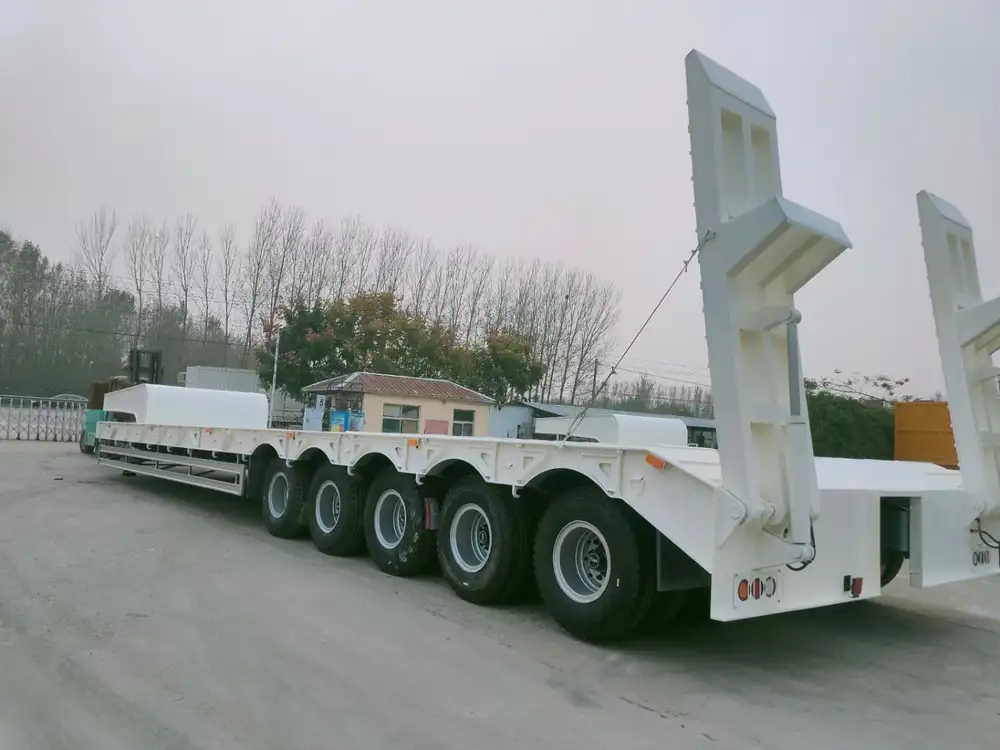
Best Practices in Load Management
Implementing best practices can greatly enhance operational efficiency and safety. Here are some highlighted strategies:
Regular Training and Safety Drills
Focus on regular training sessions for drivers and loaders. This will lead to better understanding and quicker responses in the event of irregularities in loading.
Compliance with Regulations
Be well-versed with local and federal transportation regulations regarding weight limits, securing mechanisms, and permissible dimensions. This minimizes the risk of penalties and improves overall safety.
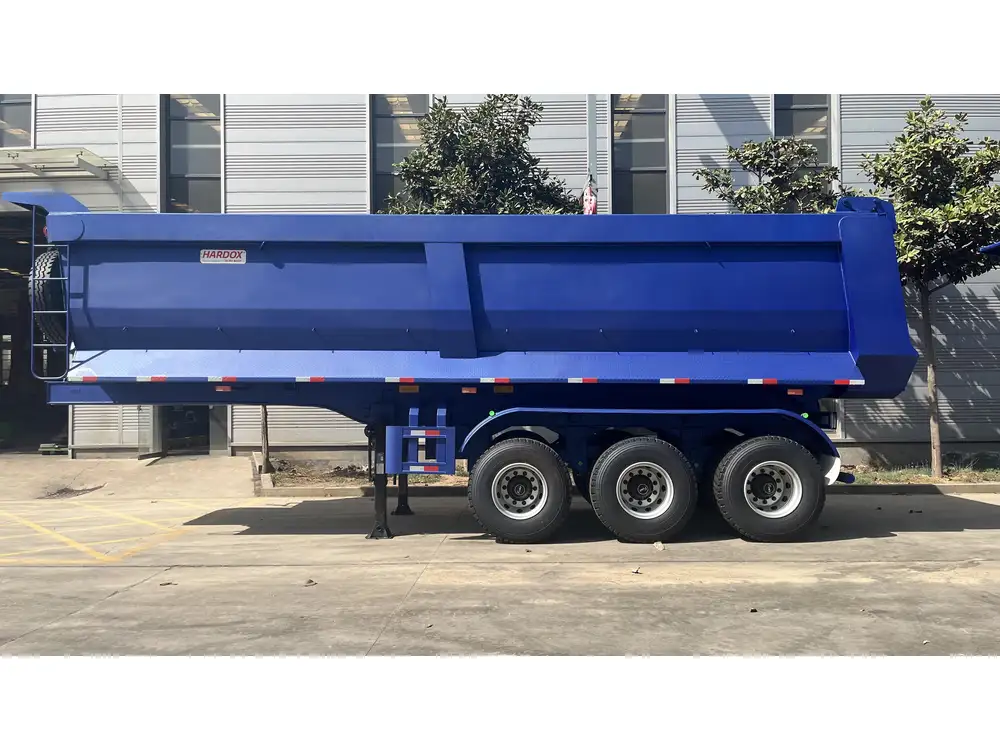
Use Technology for Monitoring
Consider integrating technology such as load monitoring systems that can inform drivers about weight distribution in real-time. This can be vital for ensuring compliance and safety.
Common Mistakes to Avoid
When loading a semi-trailer, several common pitfalls can lead to potential safety hazards or operational inefficiencies.
Inadequate Weight Distribution
Not properly distributing weight can lead to handling difficulties and increased tire wear. Always check the weight on each axle before starting your trip.

Neglecting Trailer Maintenance
Failing to conduct regular maintenance checks can lead to unexpected trailer failures, causing delays and increased costs.
Ignoring Load Compatibility
Some loads, such as liquids and bulk materials, require distinct securing and positioning strategies to stay stable during transport.
FAQs About Loading Semi-Trailers

Q1: What is the safest way to distribute weight across a semi-trailer?
Distributing weight evenly across all axles is crucial. Place heavier items near the front and lighter items towards the back. Utilize load gauges to be thorough.
Q2: How do I know if my load is secure?
Give the load a preliminary shake after securing it to ensure nothing shifts. During transport, stay vigilant about possible movement or deterioration in securing mechanisms.
Q3: Are there any tools to help with load distribution?
Yes, tools such as load calculators and weight distribution apps can be invaluable in assisting with proper load placement.
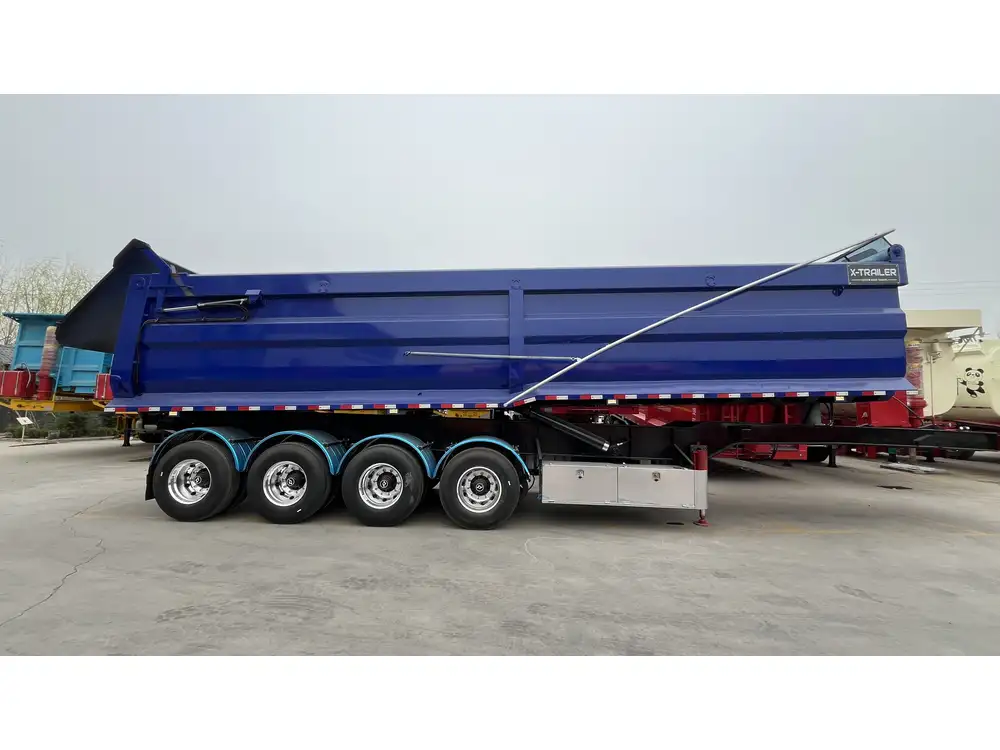
Conclusion
Loading a semi-trailer is an intricate process that requires careful consideration of various factors, including load type, weight distribution, and regulations. By following the outlined steps and utilizing best practices, you can ensure that your cargo is loaded efficiently and safely, thus reducing the risk of accidents and improving delivery timeliness.
Ultimately, whether you are a seasoned professional or a newcomer in the field, understanding the nuances of loading a semi-trailer will enhance your operational efficiency and outcome. By adhering to the tips and strategies provided in this guide, you can transform the way you approach loading, significantly enhancing the safety and effectiveness of your transportation efforts.



